Wood grain linoleum
Popular flooring with an optimal price-performance ratio. Linoleum has no seams, so dirt does not clog into the joints: it is easy to care for the floor in the hallway, it is not afraid of moisture and is resistant to abrasion. Thanks to the wood-like texture, it is difficult to notice minor damages and stains on the coating, and the wood grain gives the interior warmth and comfort.
Imitation tiles
If "wood" on the floor is bored, and porcelain stoneware for some reason is not considered as a coating, linoleum with a pattern in the form of squares or PVC tiles will do. Both materials will come out cheaper than porcelain stoneware.
To lay them in the hallway, it is necessary to carefully prepare the surface: the floor must be even, without flaws, then the coating in the "dirty" area will last a long time.
Tile with a variegated pattern
Tiled floors are truly versatile. Due to its environmental friendliness, durability and wear resistance, the coating is one of the most common types of finishes. The ornament on the floor not only looks attractive, but also hides dirt.
To use such a noticeable accent, it is necessary to leave the walls solid, otherwise the interior will be overloaded.
Honeycomb tile
The hexagon tile or "hexagon" is at the height of fashion today. It is combined by combining different colors or patterns. Also, with the help of polyhedrons, it is convenient to form smooth transitions in the room.
For the hallway, you cannot choose a relief surface that is difficult to care for. The best option is even matte tiles.
Laminate and parquet board
Both coatings look natural, environmentally friendly and comfortable, but when laying them in the hallway, it is worth considering a few nuances. Laminate must have a 32 or 33 class of wear resistance, otherwise the floor will quickly deteriorate. The parquet board should be covered with a varnish, not an oil-watery layer - then it will have to be renewed less often. It is also worth considering the color of the material: it is better to refuse from too dark and light.
Combination of porcelain stoneware and laminate
The main advantage of this method of finishing the floor in the hallway is practicality. The "dirty" zone becomes maximally resistant to mechanical damage, and the rest of the corridor is formed traditionally. This helps to save budget as well as zone the premises. The only drawback of the combined design is the formation of a joint.
Stone effect porcelain stoneware
Tiles with imitation stone have long become classics: the coating looks expensive, perfectly fitting into the classic style of the interior. It is difficult to notice spots in a marble or sandstone drawing, and seams that have darkened over time are not as striking as on plain products.
Geometric ornaments
They fit perfectly into the modern interior: the original layout will adorn the hallway, even if the walls are finished without frills. It should be borne in mind that such an unusual gender draws all the attention to itself and over time may seem too intrusive.
Patterns instead of a rug
Another popular way to cover the floor in a "dirty" area is with a tiled carpet. This decorative piece, which is laid out from mosaics, Moroccan or Mexican tiles with a pattern. Also, "rugs" can be found in special collections, where patterned products are similar in design to the main samples.
Carpet on the floor
No matter how durable the floor covering in the hallway is, the "dirty" area can be additionally protected with a proven method: a real rug. Suitable products are foamed PVC and rugs with a rubberized base, which are easy to clean and come in a wide range of colors. Textile carpets are also popular, but when choosing a material, you should make sure that it is easy to care for.
The entrance area is a portal leading from the street to home comfort. Not only the cleanliness of the room, but also the impression of the entire interior depends on how the floor near the door will be decorated.

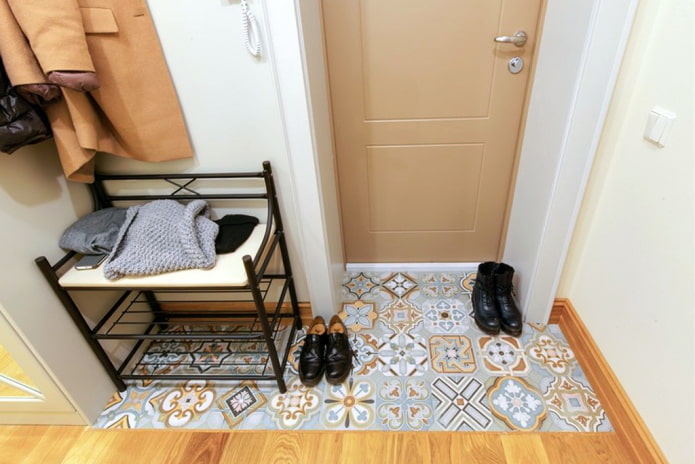
 10 practical tips for arranging a small kitchen in the country
10 practical tips for arranging a small kitchen in the country
 12 simple ideas for a small garden that will make it visually spacious
12 simple ideas for a small garden that will make it visually spacious
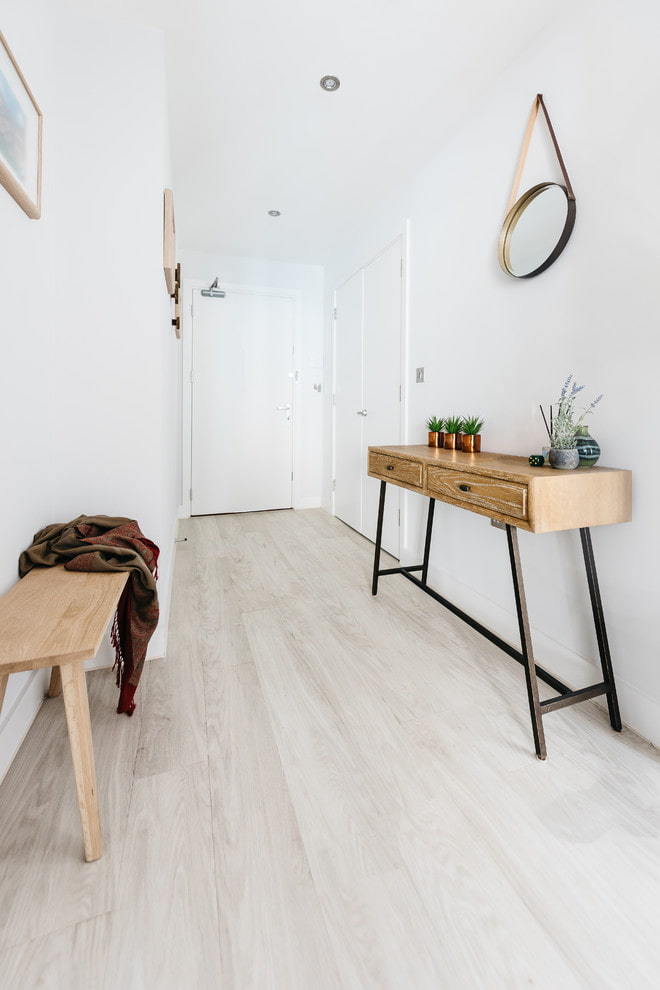
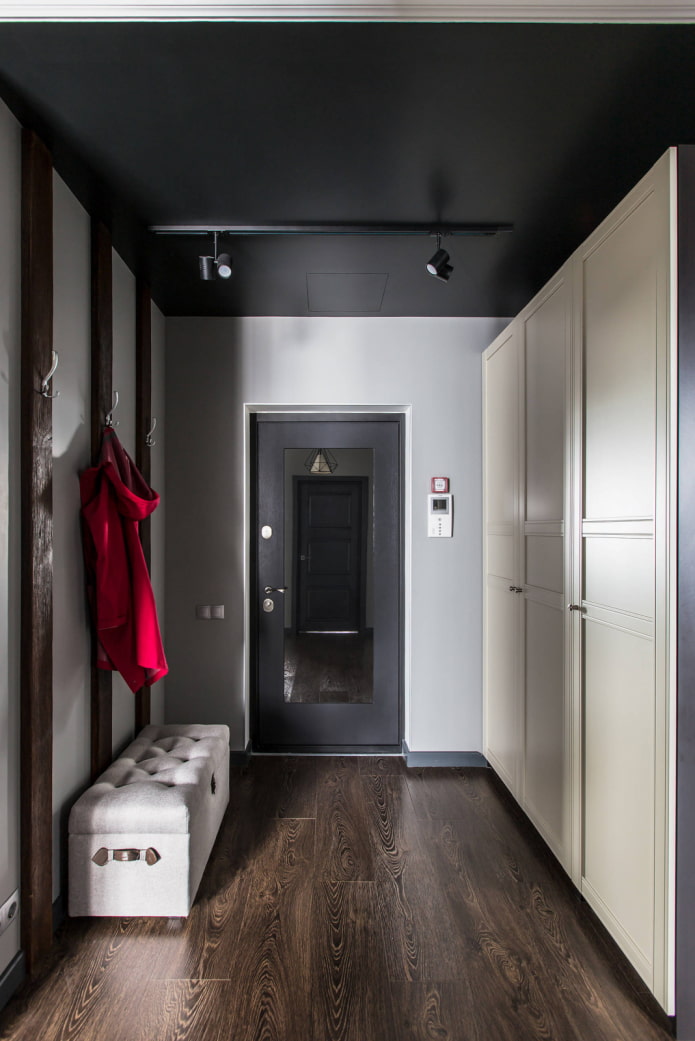



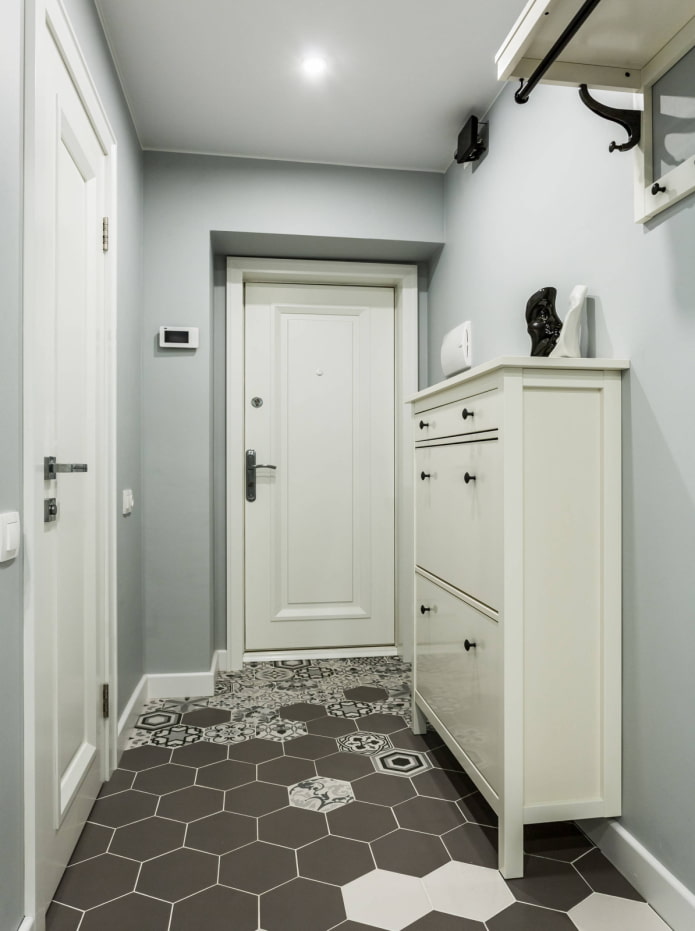

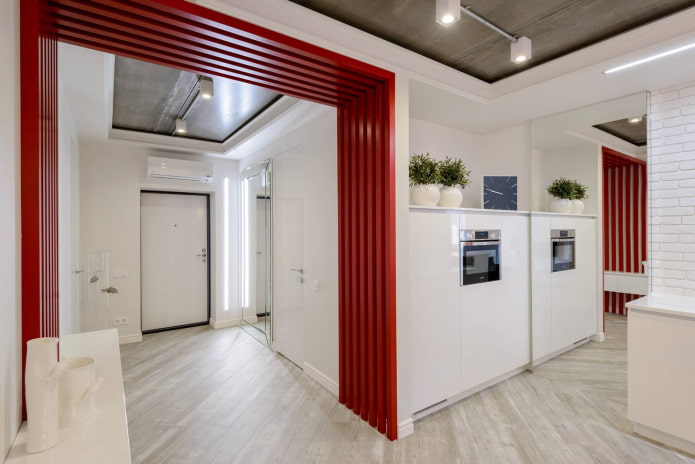

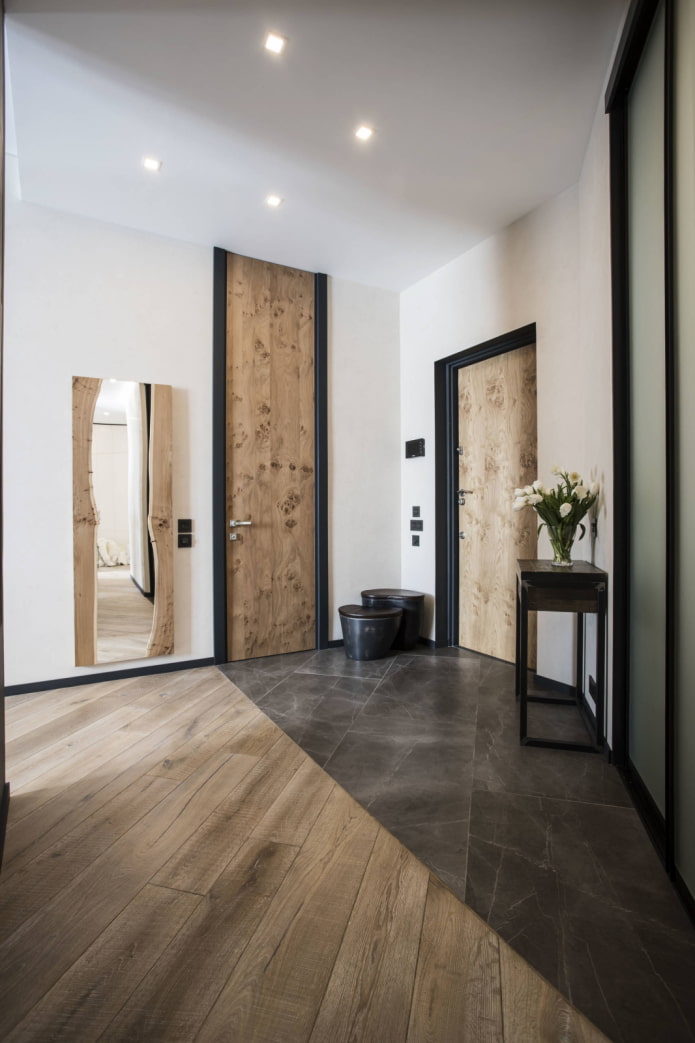
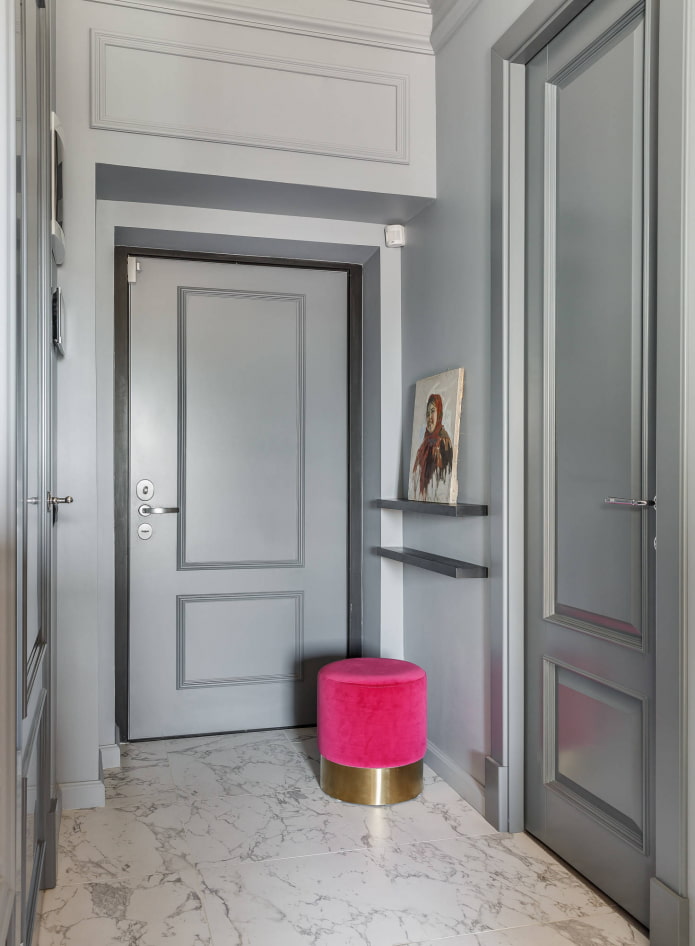
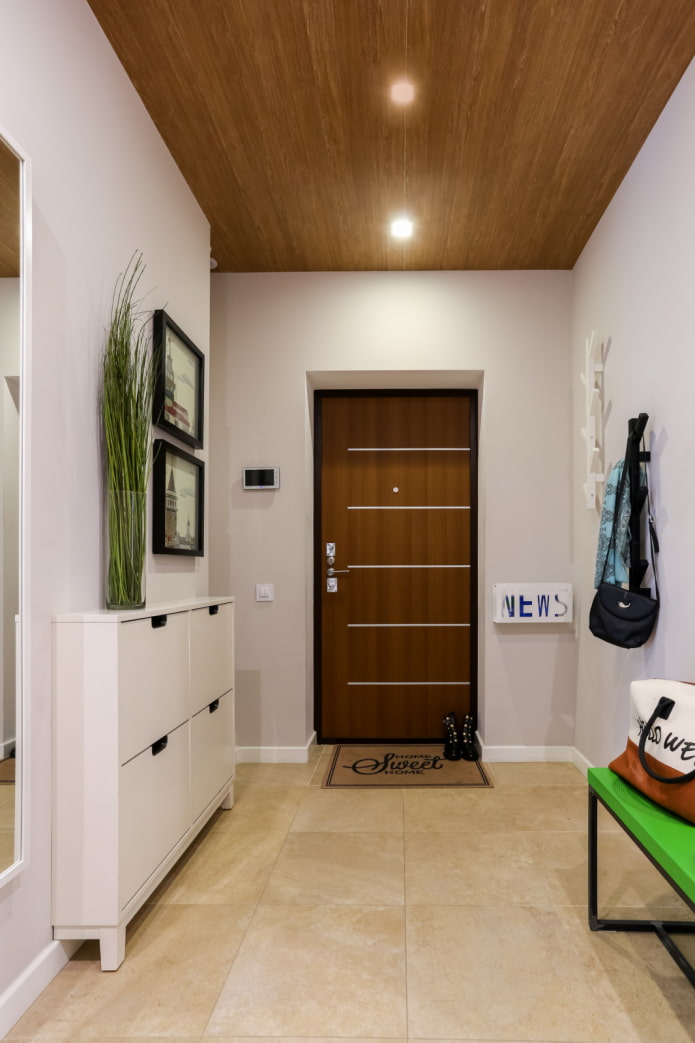

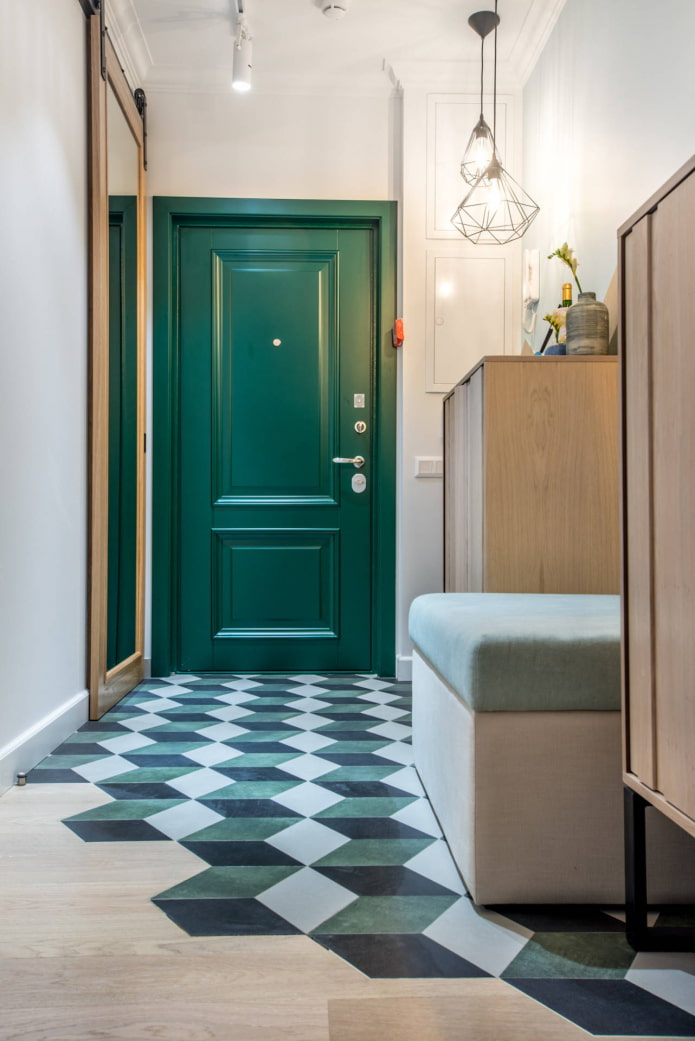
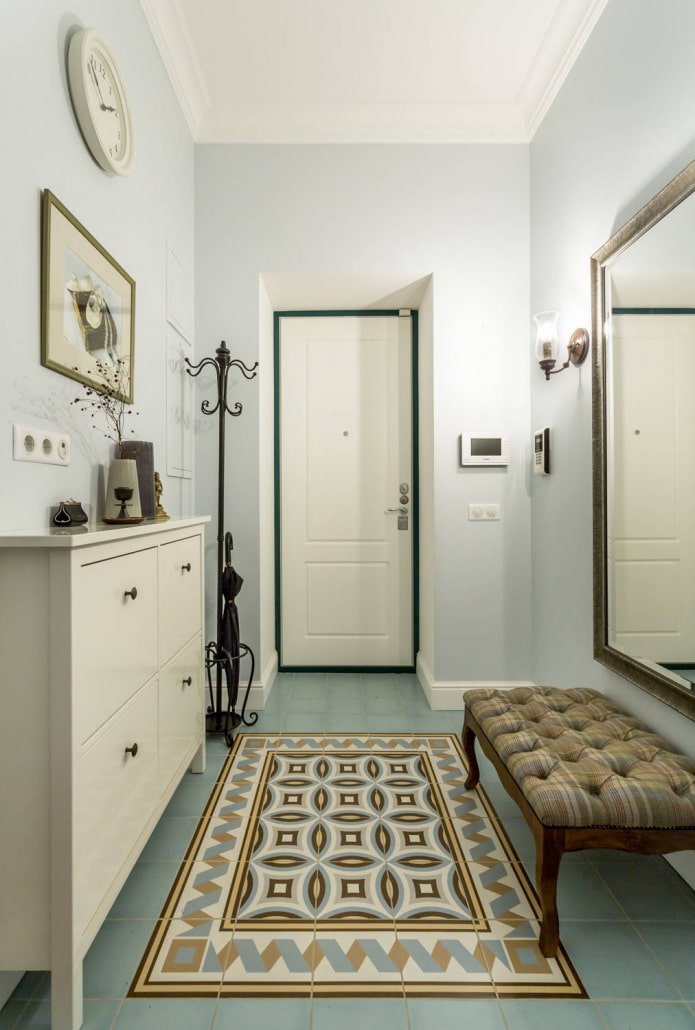
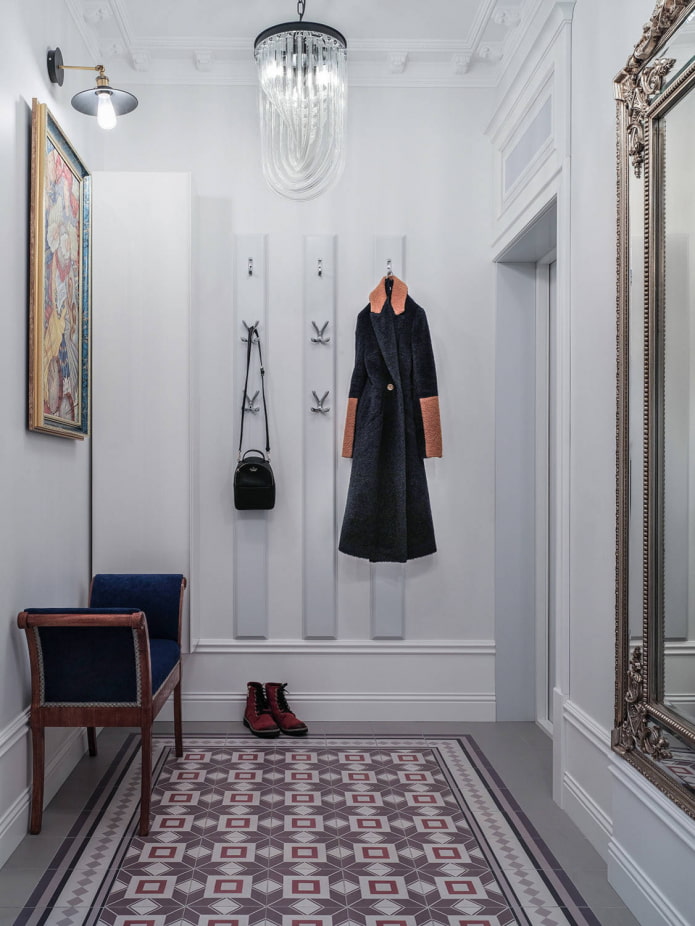



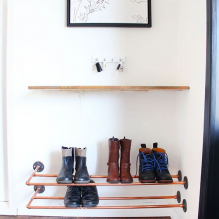
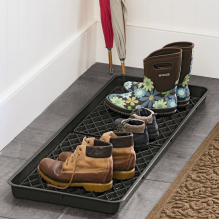
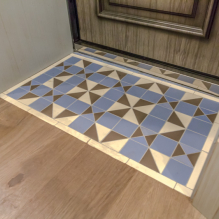
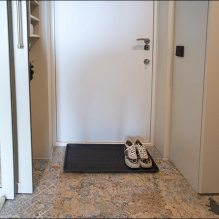
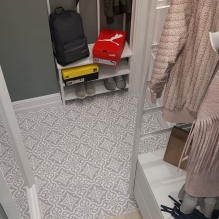

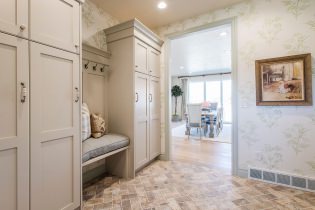 How to choose wallpaper for a small hallway: 70 design ideas
How to choose wallpaper for a small hallway: 70 design ideas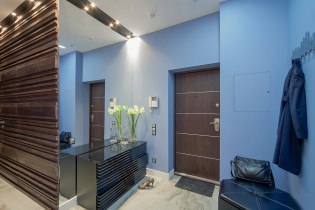 How beautiful to make a hallway in an apartment: design ideas, layout and arrangement
How beautiful to make a hallway in an apartment: design ideas, layout and arrangement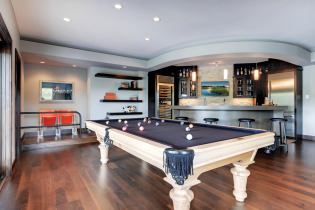 Billiard room interior in the house: design rules, photo
Billiard room interior in the house: design rules, photo Hallway design in white
Hallway design in white The most beautiful swimming pools in the world
The most beautiful swimming pools in the world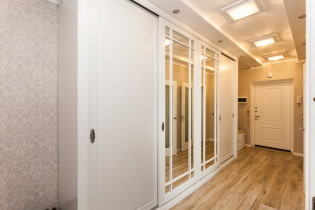 How to choose a wardrobe in the hallway?
How to choose a wardrobe in the hallway?